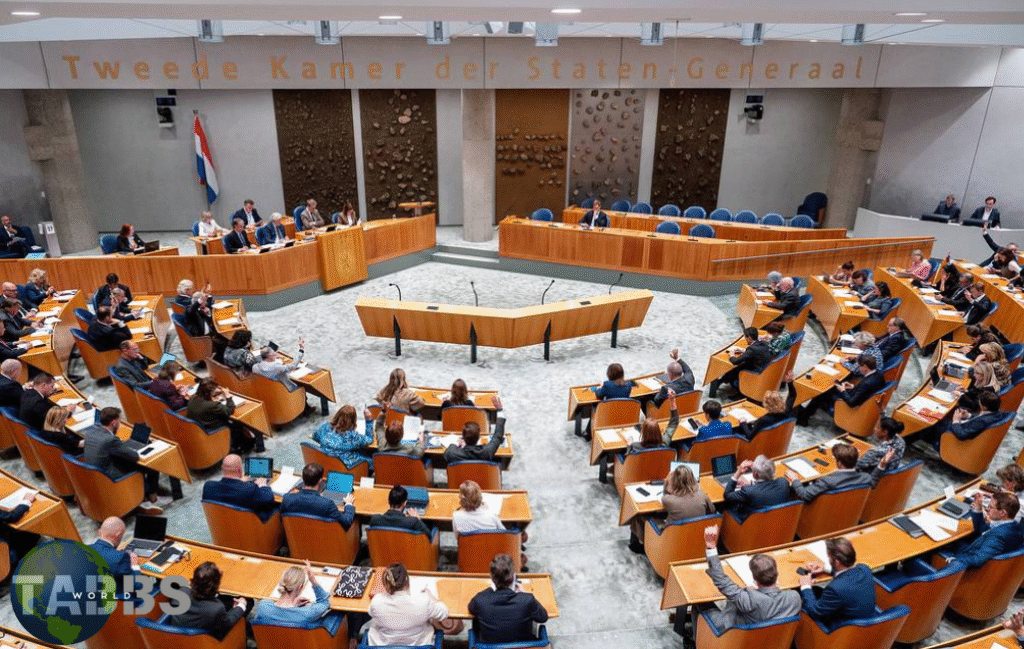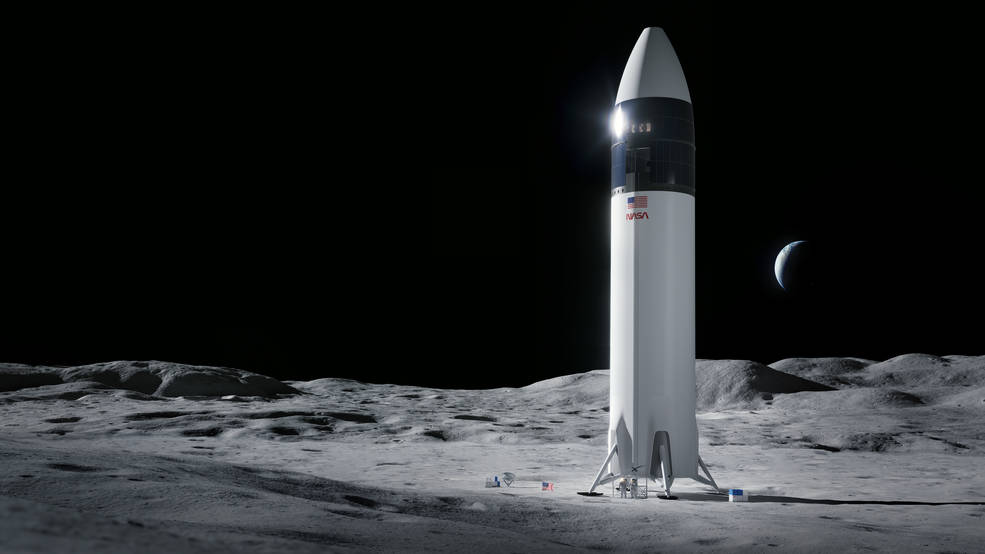
For the fourth time in just over a year, SpaceX conducted a test mission of its massive Starship rocket from its Starbase facility in South Texas. Dubbed Flight 4, the mission was intended to advance the vehicle’s goal of becoming a mostly reusable rocket. Like the previous three launches, Flight 4 had no payload and followed a subsonic trajectory. However, it distinguished itself with the gentle splashdown of both the superheavy booster (Booster 11) and the starship upper stage (Ship 29). Liftoff occurred at 7:50 a.m. CDT (8:50 a.m. EDT, 1250 UTC) near the beginning of the 120-minute launch window.

Mission details and objectives of spaceX
Last Wednesday, SpaceX stacked Vessel 29 on top of Booster 11, creating a 121-meter (397-foot) long starship rocket. In a post on X (formerly Twitter) on June 1, SpaceX founder Elon Musk highlighted the primary goal of the mission: achieving re-entry into the deep atmosphere, ideally reaching maximum temperatures. After the mission, Musk celebrated the starship’s re-entry despite significant damage, including the loss of many tiles and a damaged flap.
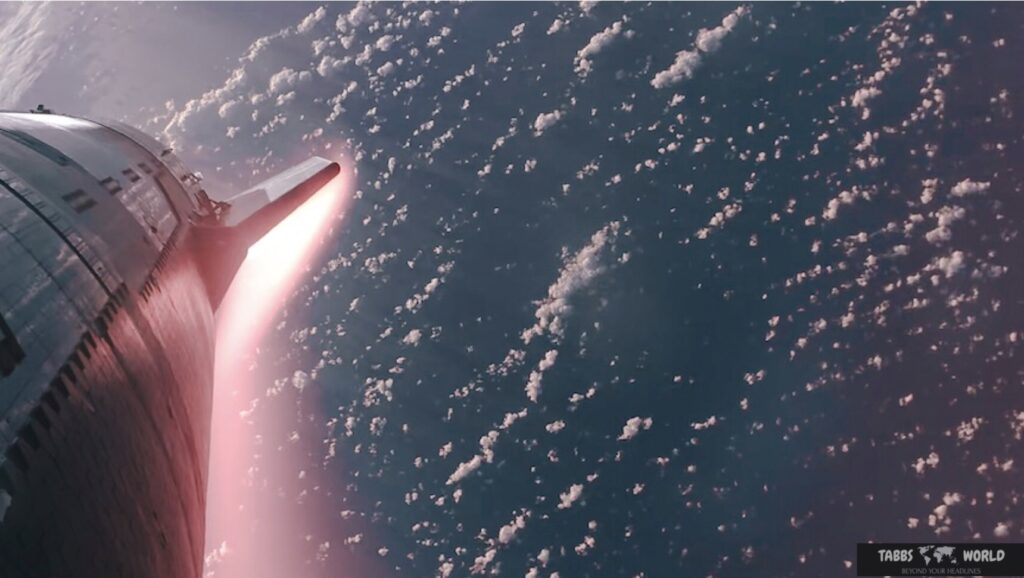
Flight 3 review and adjustment:
During Flight 3, the upper stage experienced uncontrolled rolling, preventing one of its six Raptor engines from spinning. However, thanks to its connection to SpaceX’s Starlink satellite Internet network, the rocket streamed high-definition views of its re-entry through the plasma sheath. SpaceX’s post-launch analysis attributed the unplanned roll to closed roll control valves. To combat this, future Starships will feature additional roll control thrusters and upgraded hardware to provide better resilience to blockage.
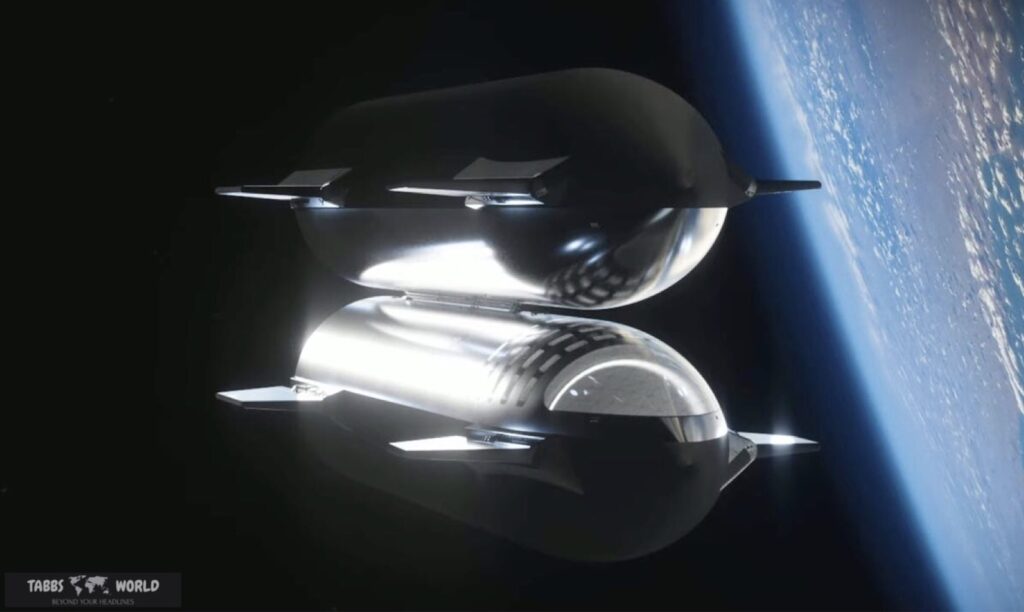
Super Heavy Booster Challenges:
The superheavy booster on the final flight shut down six of its 13 Raptor engines prematurely during boost backburn. These engines remained offline during the landing attempt. SpaceX said the likely cause was a persistent filter blockage in the liquid oxygen supply, which resulted in a loss of inlet pressure to the engine oxygen turbopumps. To mitigate this, future boosters will include improved hardware for better propellant filtration.

Upcoming ambitions: Flight 5
With the success of Flight 4, Musk pointed to an exciting milestone for Flight 5: holding the superheavy booster using the launch tower’s “cop sticks.”
Significance to NASA and the Artemis program:
Flight 4 is important not only for SpaceX, but also for NASA, especially for the Artemis 3 mission, which will launch in September 2026. Lisa Watson-Morgan, manager of the Human Landing System (HLS) program, and her team continue to collaborate with SpaceX on rockets for the Artemis 3 and 4 missions as lunar landers. Watson-Morgan praised the lessons learned from previous flights and noted the importance of engine consistency and the success of recent developments, such as propellant transfer.
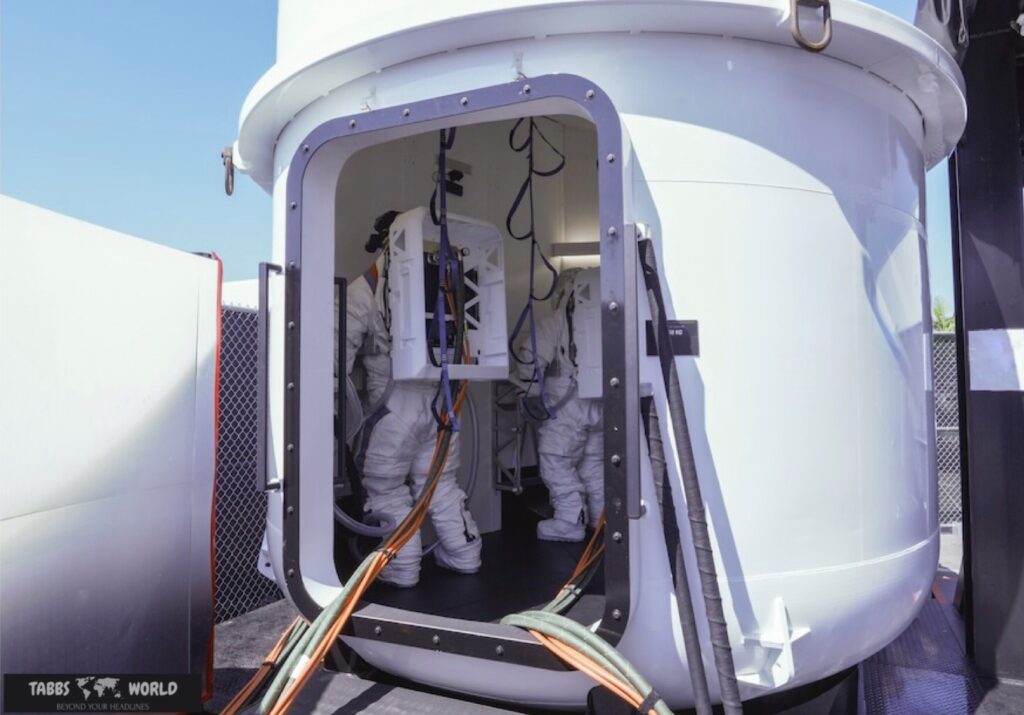
Propellant transfer and future missions:
A notable achievement was the propellant transfer demonstration, which was part of a $53.2 million Tipping Point contract with NASA’s Space Technology Mission Directorate (STMD). This involved transferring liquid oxygen from the ship’s header tank to the main upper stage LOX tank. The demonstration is crucial for future missions, as SpaceX plans to use tanker versions of Starship to fuel HLS versions for moon missions.
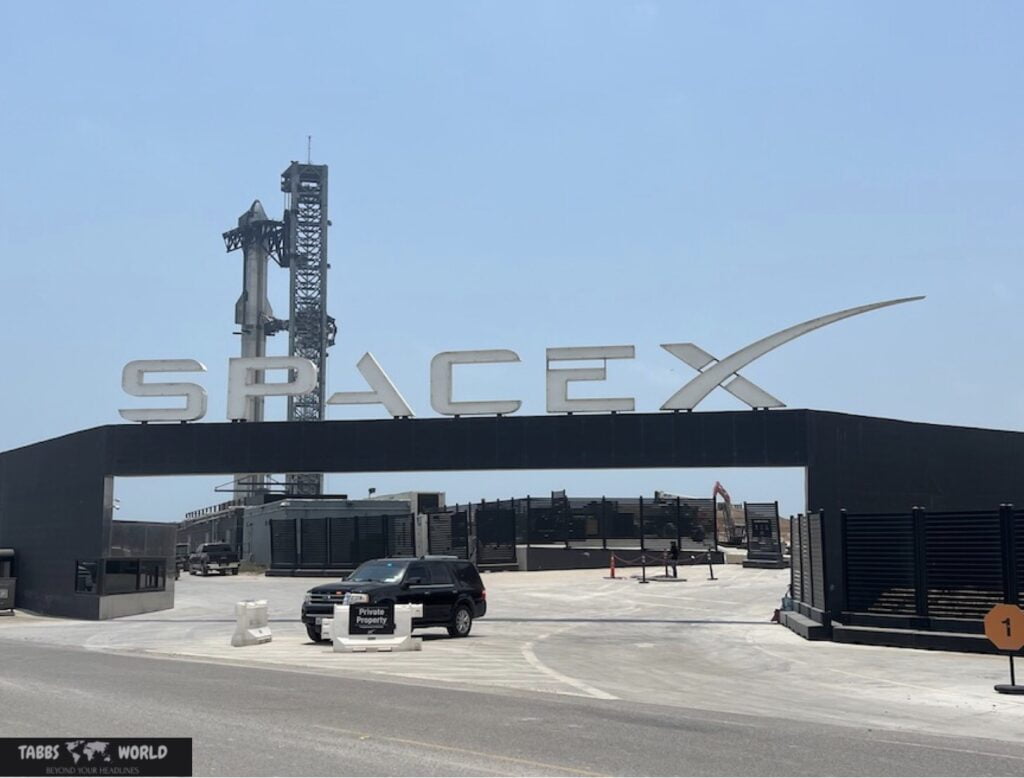
Expansion and Infrastructure:
A portion of the propellant transfer mission time will depend on the availability of multiple launch towers. SpaceX is building a second tower at Starbase and is transporting additional components from NASA’s Kennedy Space Center in Florida. The Federal Aviation Administration (FAA) and the Department of the Air Force are conducting reviews to potentially allow more frequent launches from additional sites.
Human factors and development:
SpaceX is also gathering input from NASA’s Astronaut Office to improve the human-class version of the starship. This includes insight into vehicle interfaces, control systems and operational tasks. Recent tests have involved astronauts operating mock-ups of the starship’s elevator and airlocks, validating lunar mission designs.
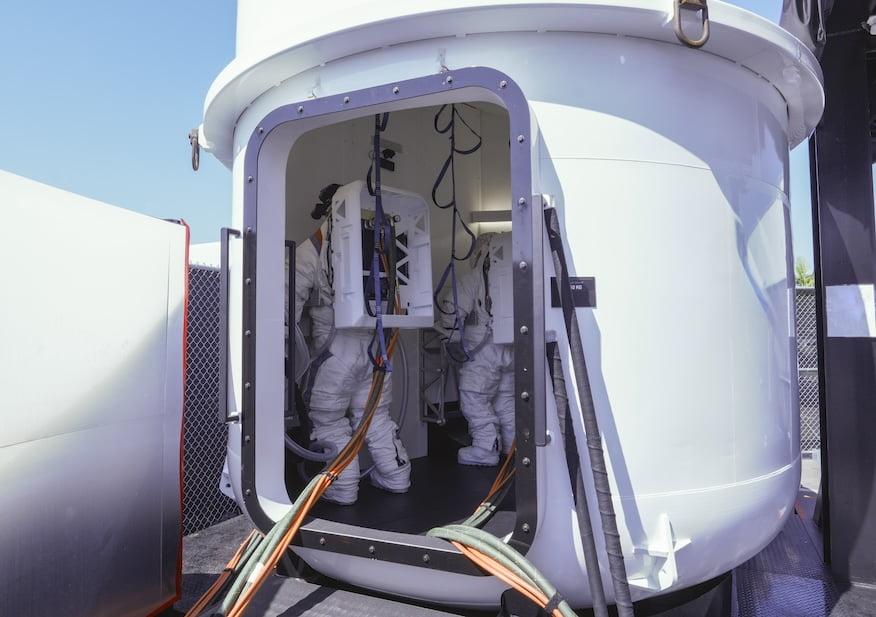
Reducing turnaround times:
SpaceX aims to reduce turnaround times between launches. Flight 2 took off 212 days after Flight 1, Flight 3 took off 117 days after Flight 2, and Flight 4 took off 84 days after Flight 3. The goal is to achieve a monthly launch cadence at Starbase, with each test mitigating different risks and providing deeper insights. in engine performance.
Regulatory and Safety Considerations:
The FAA has approved three scenarios for entry into Starship that would not require an investigation in the event of a vehicle loss, ensuring compliance with public safety requirements. could pave the way for further development in SpaceX’s ambitious space exploration plans.

